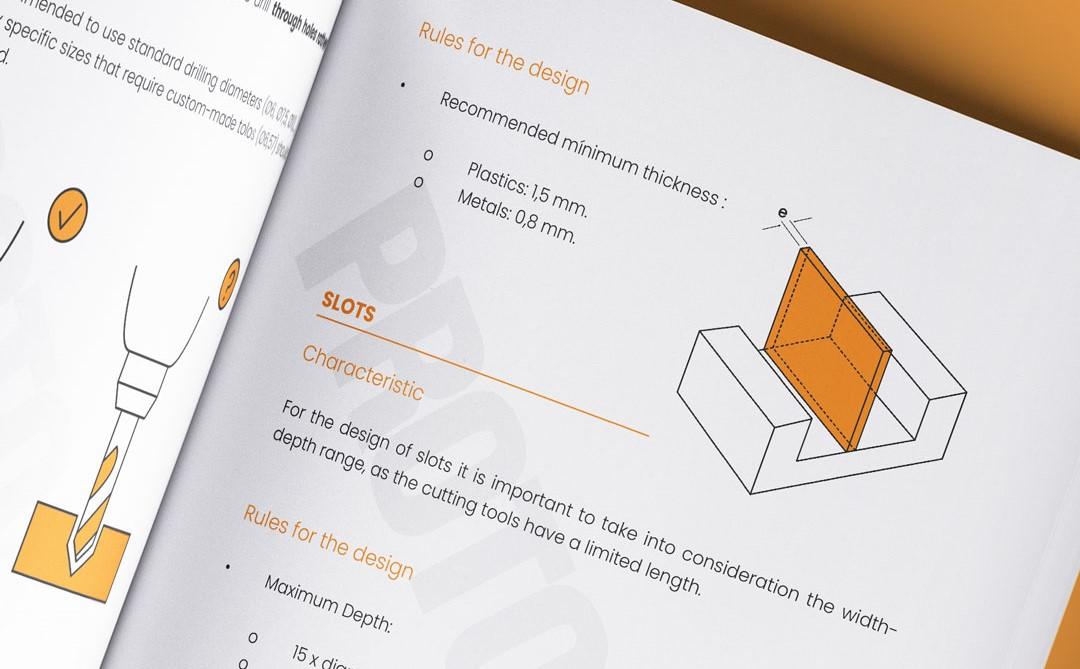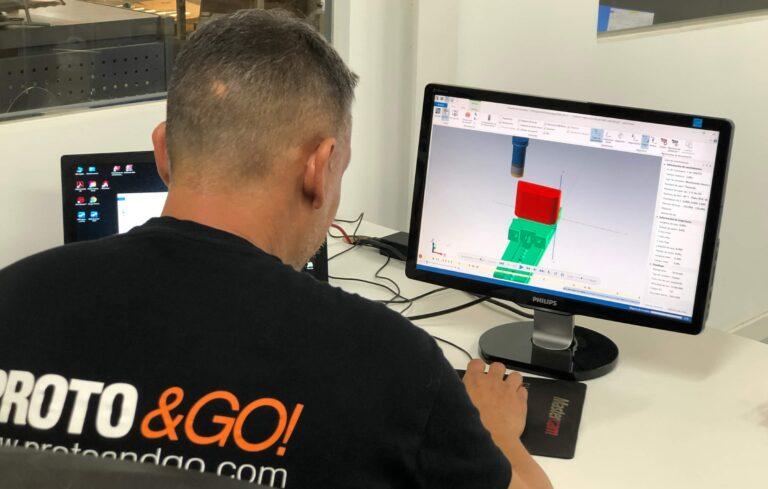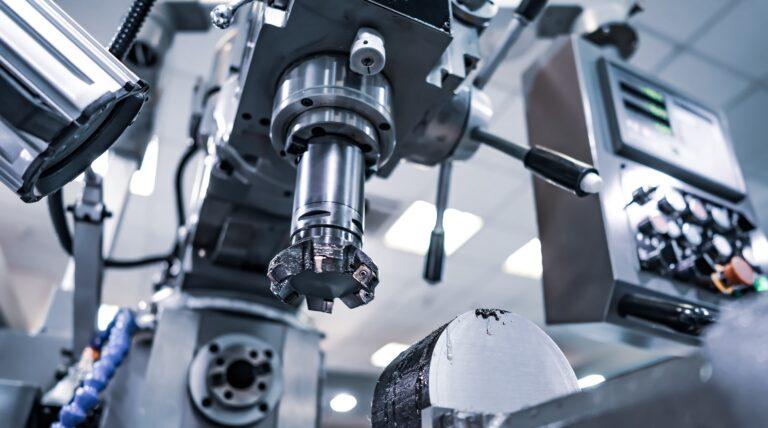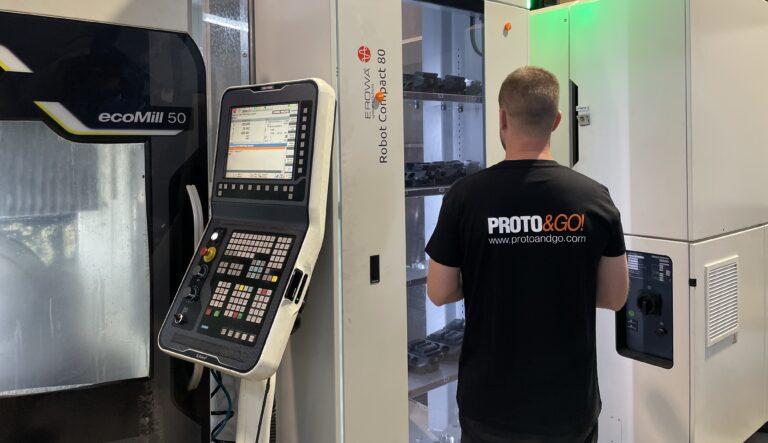CNC machining is known for its precision and ability to manufacture complex parts, but it is critical to understand the rules governing the process for optimal results. At ProtoandGo!, we follow a set of standards that ensure the quality and consistency of manufactured parts and prototypes.
All you need to know about general manufacturing standards and tolerances
Tolerances are the acceptable margin for a part dimension, defined by the designer to ensure its correct functioning in terms of form, fit and function.
If no tolerances are specified on the drawing, standard tolerances for both metals and plastics apply.
Specific tolerances and costs
To reduce costs, it is recommended to apply specific tolerances only in critical areas. While standard tolerances are usually sufficient, stricter requirements can considerably increase manufacturing costs, as they involve additional processes such as grinding.
It is essential that the designer clearly indicate on the drawing any special tolerances required to ensure the functionality of the part.
Constraints in CNC machining
At ProtoandGo! we can only guarantee dimensional tolerances higher than IT7 (H7, g8, P9, …) as well as surface roughness higher than Ra 1.6. More restrictive values will require grinding processes after CNC machining.
In short, knowing and specifying manufacturing standards in CNC machining is key to optimizing design and ensuring that parts meet quality requirements, without unnecessarily increasing costs or production times.
General size limitations in CNC machining
CNC machining is a high-precision manufacturing technique, but like any process, it has certain limitations that designers must take into account, especially in relation to part size.
The size of the raw material plays an important role in CNC machining. The blanks generally need to be larger than the final dimensions of the component to be manufactured. This allows rough surfaces to be cut and compensates for possible variations in the raw material. For example, if a final part of 50 x 50 x 50 x 50 mm is required, the initial block of material should be approximately 53 x 53 x 53 x 53 mm to allow for working clearance.
When designing a part, it is essential to take this additional margin into account and ensure that the X, Y and Z dimensions of the starting material are appropriate. This ensures that the final product meets the desired specifications without compromising quality or accuracy.
Size limitations for post processing
Post-processing is also conditioned by the size of the part. Operations such as shot blasting, anodizing, galvanizing or powder coating are directly dependent on part dimensions. For example, larger parts may not fit in conventional blast cabinets, limiting finishing options.
In addition, parts longer than 3 meters may require special equipment and tooling, such as customized racks, to perform anodizing or coating processes. These adaptations can increase cost and manufacturing time.
In conclusion, we can say that understanding the general rules and size limitations in CNC machining is essential to optimize both part design and manufacturing. By applying standard tolerances and only using tight specifications in critical areas, it is possible to reduce costs without compromising quality. In addition, raw material size and post-processing constraints must be considered to ensure that final parts meet functionality and finish requirements without unnecessarily increasing time and cost.
At ProtoandGo! we offer the best CNC machining service for your parts and prototypes. You can request your quotation through the form on our website in a quick and easy way.
What are you wating for? Request your quote now!





